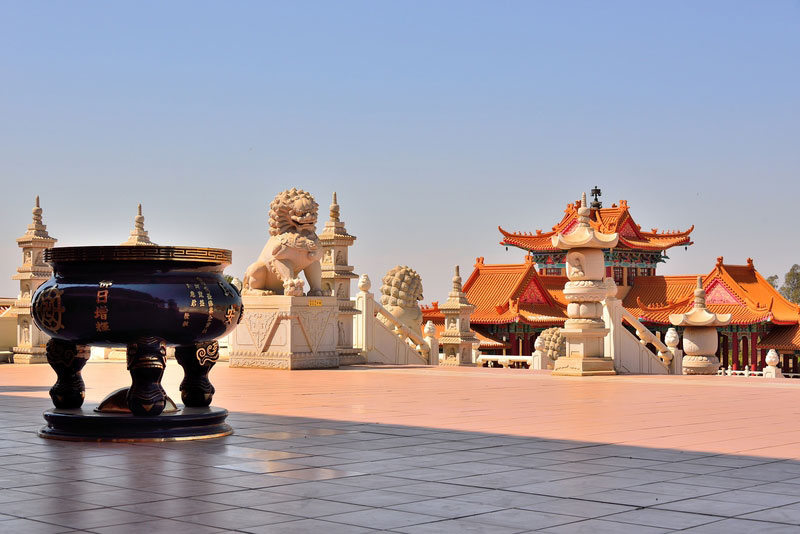All About Johannesburg North Attractions
Johannesburg North Attractions Things To Know Before You Buy
Table of ContentsExcitement About Johannesburg North AttractionsOur Johannesburg North Attractions DiariesJohannesburg North Attractions - The FactsWhat Does Johannesburg North Attractions Do?The Best Strategy To Use For Johannesburg North Attractions10 Easy Facts About Johannesburg North Attractions Shown
The city owes its location to the presence of a a lot more valuable source: gold. The city grew on the edge of the Witwatersrand Key Coral reef, a below ground stratum of gold-bearing quartz-silica conglomerate that arcs for numerous miles below the Highveld. Most of the gold mines in the city ceased procedure in the 1970s, however in its day the Witwatersrand gold sector represented even more than 40 percent of the world's annual gold manufacturing.Johannesburg has a temperate climate. Summer season temperatures balance regarding 75 F (24 C); winter temperature levels average regarding 55 F (13 C) and just periodically dip listed below freezing. The city enjoys concerning 8 hours of sunlight each day in both winter and summer. Rain standards regarding 28 inches (700 millimetres) per year, but the complete differs substantially from year to year.
What rain the city gets falls virtually exclusively in the summertime, commonly in incredible late-afternoon electric tornados. Air pollution presents a substantial problem, specifically in the winter months, when thermal inversions hinder the westward circulation of air from the Indian Sea. Contamination is most extreme in the largely settled Black municipalities on the city's perimeter, where many citizens still rely upon coal for gas.

Johannesburg North Attractions Things To Know Before You Get This
The equilibrium of the city is inhabited by whites. Holiday accommodation varies in character and high quality. Soweto is infamous for its endless rows of municipally built, two-room matchbox homes, yet it likewise has a couple of prosperous territories along with bursting squatter camps, where 10s of thousands live without water, electricity, or cleanliness centers.
Physical growth, although rather limited by transport, proceeded quickly as immigration to South Africa, and Johannesburg particularly, enhanced considerably. This problem was resolved in the 1930s when the vehicle was presented in automation to South Africa. Autos were, essentially, constrained to the well-off, and permitted them to transfer to the north of the city and commute right into the centre.
The majority of bad residential areas were mixed, with inadequate blacks and whites living together, although the rich residential areas were usually reserved for whites.
The previous system of eleven phoned number regions was reorganised in 2006. Marshalltown, as seen from the top of the linked here Carlton Centre. The M1 and M2 run behind the structures, and the southerly residential areas extend past the highway boundary. The central city of Johannesburg lies within the city's Region F. The estimated populace of the area is 200,000, [] The number of individuals living in the internal city on an informal basis is unidentified, as many are prohibited immigrants. The majority of higher-income citizens and white individuals have relocated to the northern suburbs and have been replaced by lower-income black individuals. The unemployment, education, and age accounts of the area are all unidentified, because of the difficulty of getting reputable info about the location.
Excitement About Johannesburg North Attractions
Centred on the CBD, the region includes the suburban areas of Yeoville, Bellevue, Troyeville, Jeppestown, and Berea to the eastern. To the west it infects Pageview (Johannesburg North attractions) and Fordsburg. There are small enterprise zones to the south, such as City West-Denver and Benrose. Around 800,000 commuters travel through the central city daily, and it works as a regional shopping node for visitors from the southerly suburban areas. Yeoville and Bellevue have a mix of house structures and single domestic devices on little great deals. The region is located on a hilly divide that runs from east to west.

Johannesburg Stadium, a training ground for both the Golden Lions and Orlando Pirates, is adjacent. The eastern suburbs of Johannesburg are located in the city's 7th [] and 9th [] regions. The area is additionally functionally incorporated with East Rand boundary communities outside of the go to this web-site main boundary of Johannesburg, such as Bedfordview and Edenvale (both component of Ekurhuleni Metropolitan Municipality).
Johannesburg North Attractions Fundamentals Explained
The eastern suburbs are some of the earliest areas of Johannesburg, there are huge communities of Jewish and various other European backgrounds, the majority of the population is English talking. There are 3 golf programs as well as a number of safeguarded ridges with viewsites.
Initially constructed to house male migrant employees, lots of have actually been improved as residences for pairs and family members. The suburban area was not historically permitted to develop work centres within the area, so nearly all of its residents are commuters to other parts of the city.
Getting My Johannesburg North Attractions To Work
The residential areas in the north suburban areas are generally official, with no significant areas of casual real estate, or housing that click now lacks a permanent framework. This is a recognized location, there is a trend of land use change from residential to commercial, especially along primary arterial roadways and around established nodes.
Roads to the east and west are much less well developed, as there are no freeways travelling in that direction. Towards the northern boundary of the city, the thickness of advancement decreases, leaving large areas of untaught land around Midrand.
5 Easy Facts About Johannesburg North Attractions Explained
The first suburban area to the north of the inner city is Parktown, which is situated on a hill neglecting the central city and Hillbrow. It has numerous well-off homeowners and Edwardian-style manors, as well as the Education and learning and Clinical campuses of the University of the Witwatersrand. The huge concrete Charlotte Maxeke Johannesburg Academic Healthcare Facility dominates the skyline of Parktown.